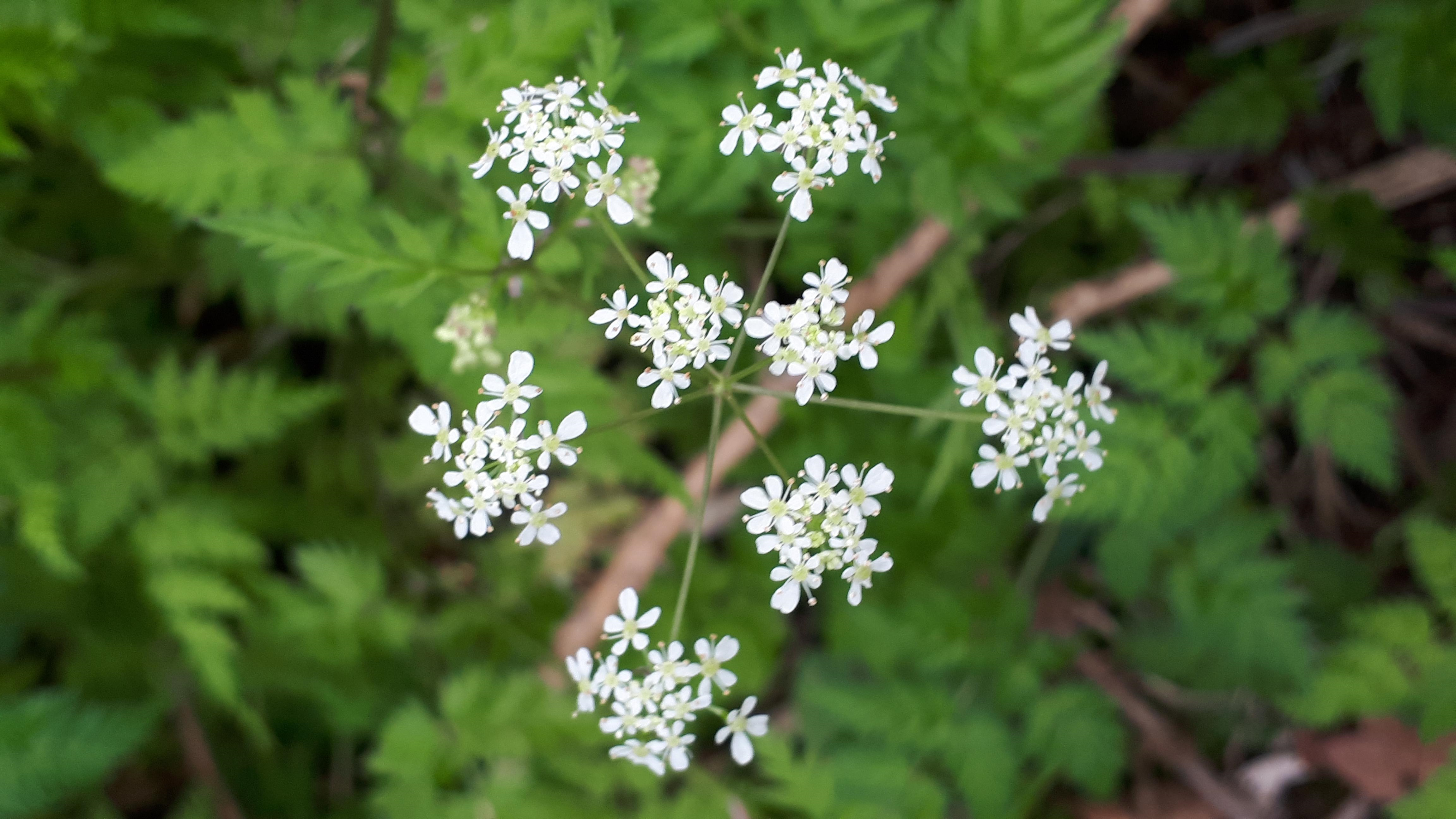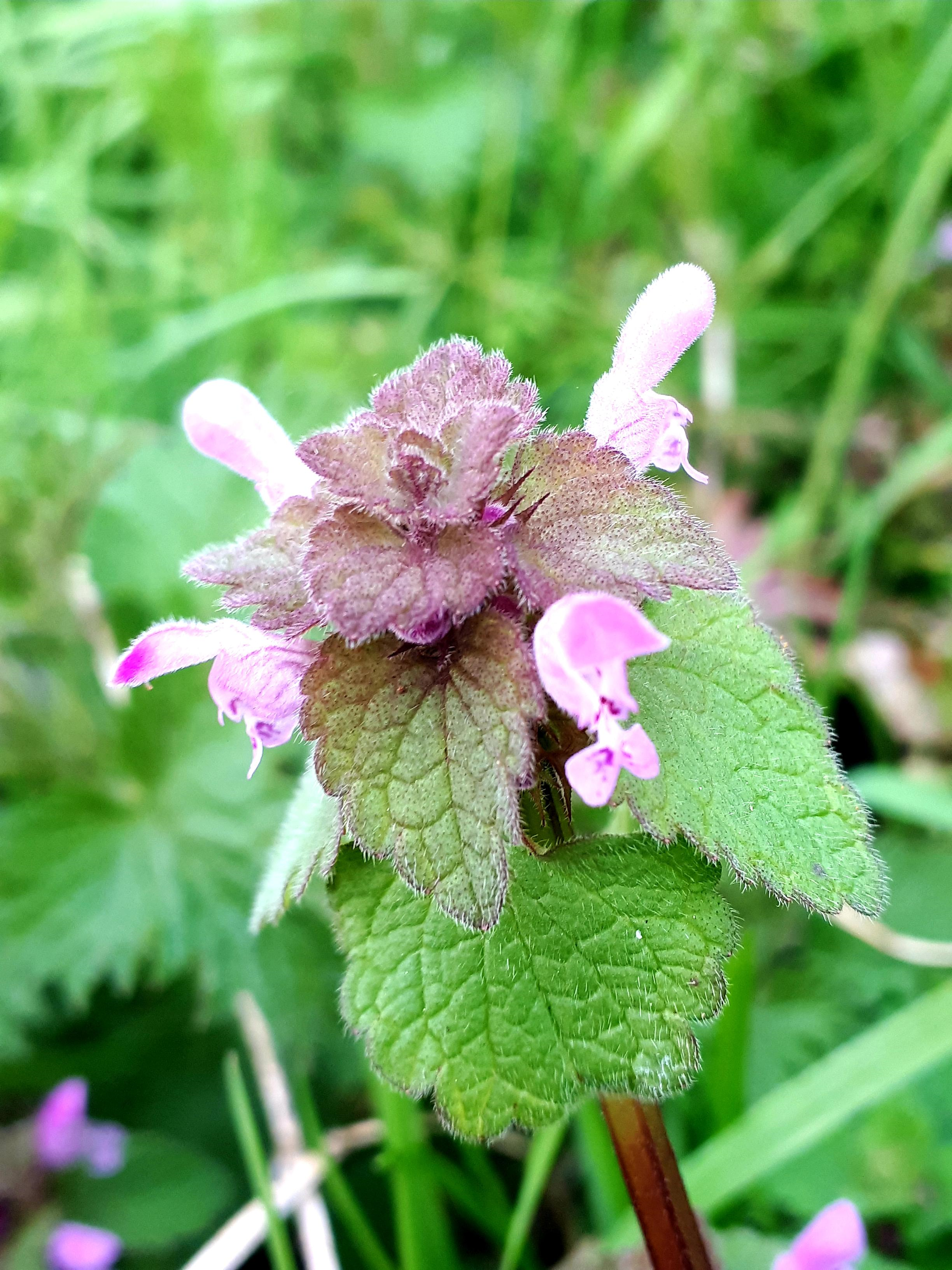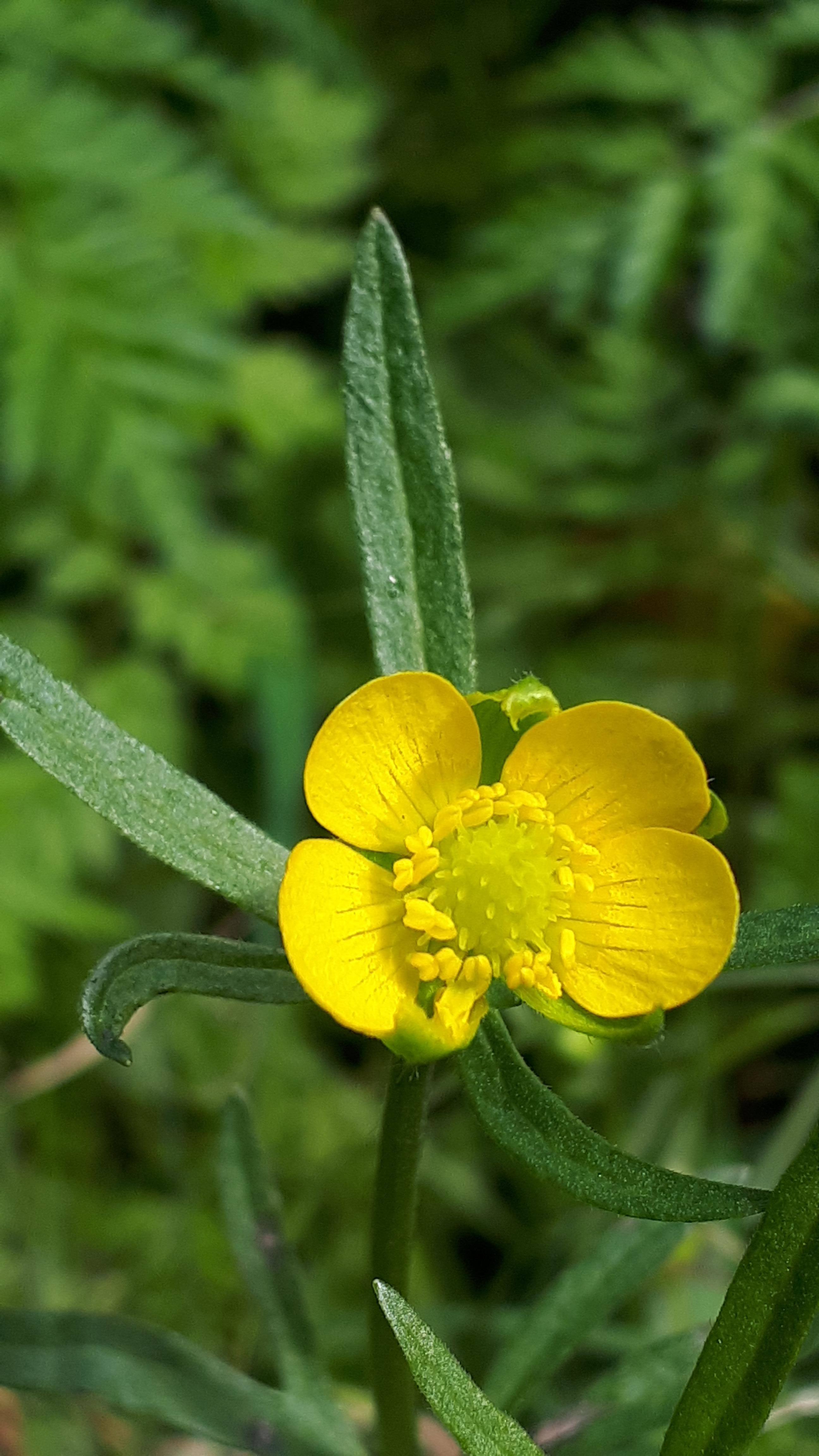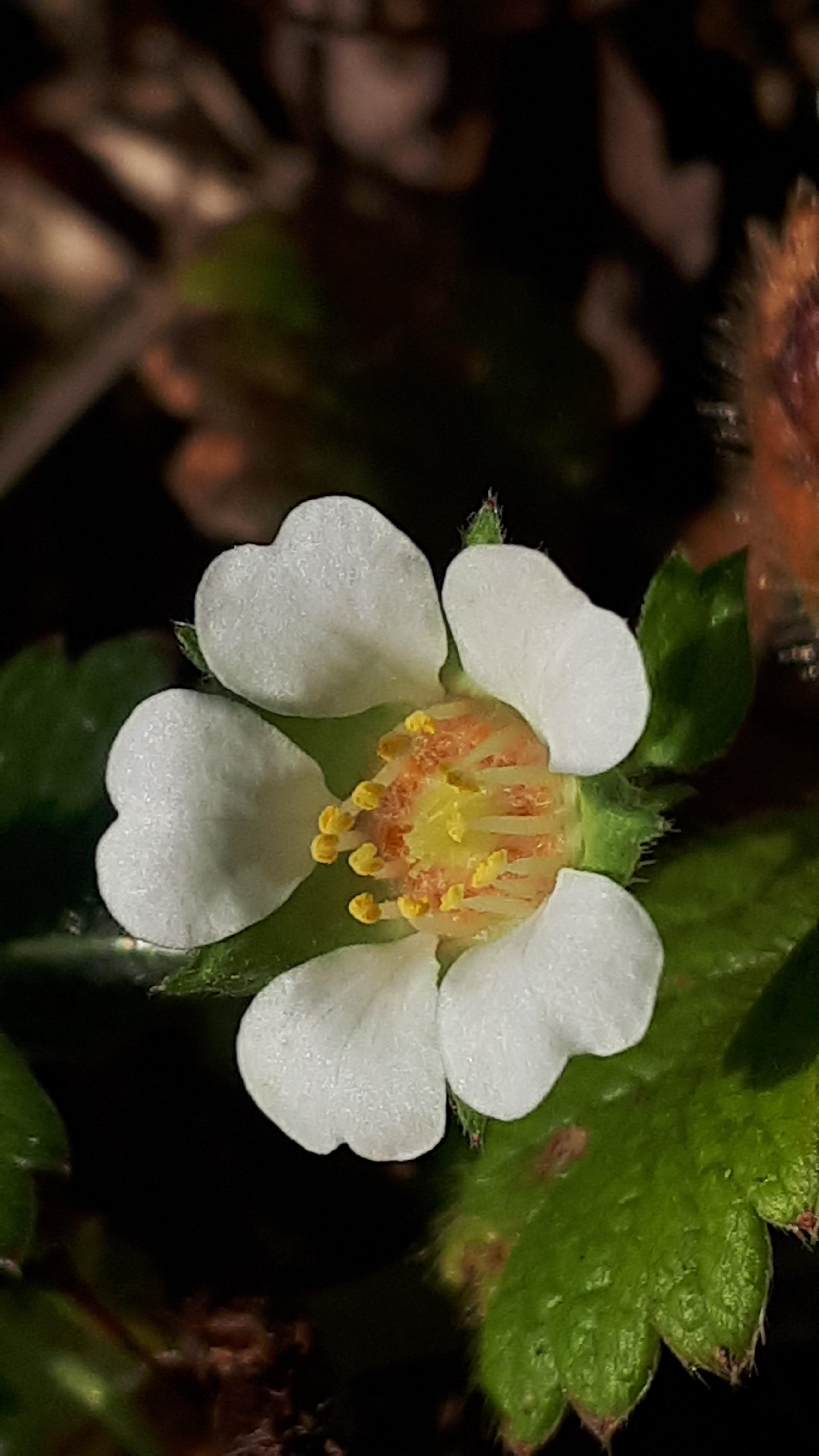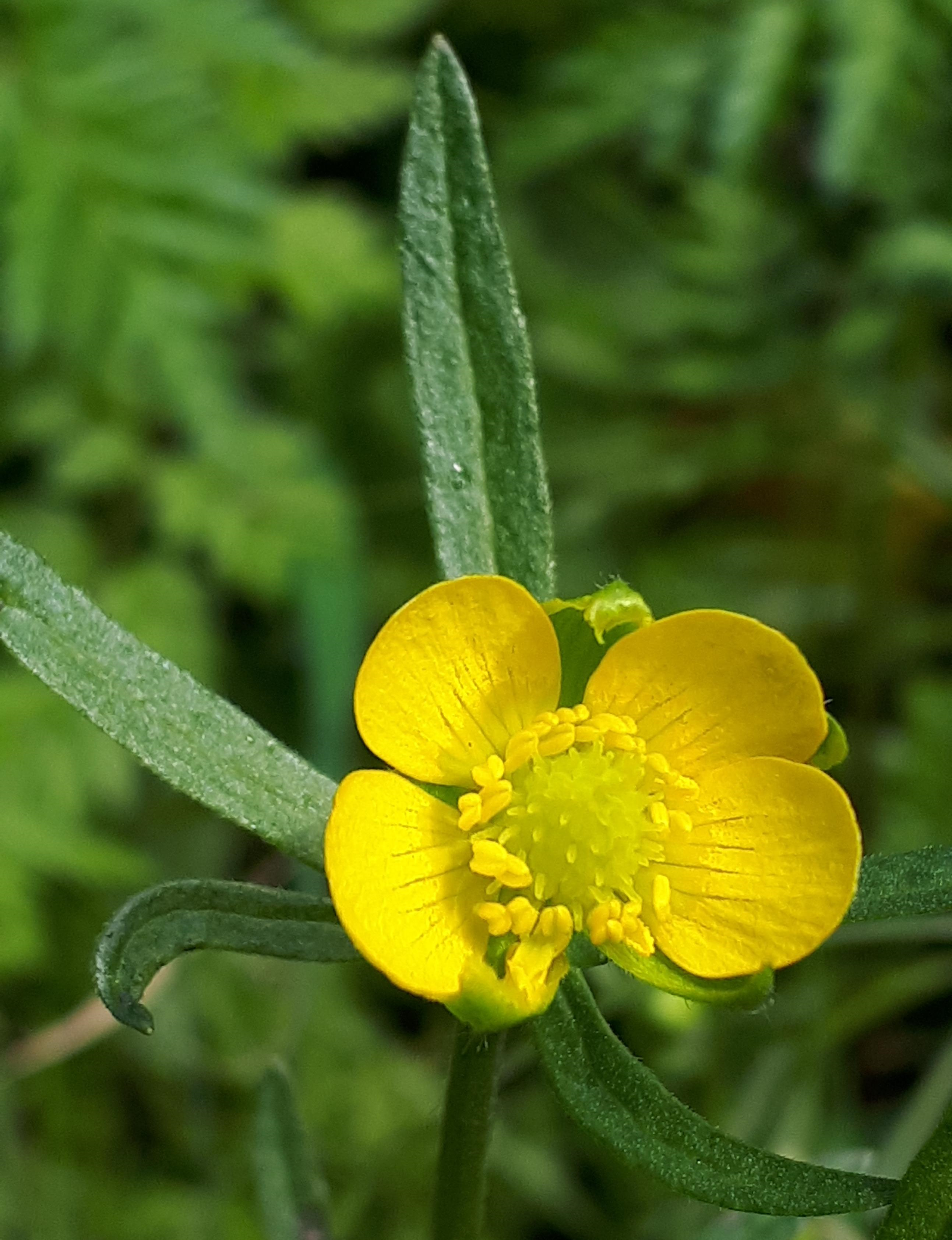
Some of nature’s imperfections
Things have slowed down a bit this week as the temperature has dropped a few degrees and there is a biting north-easterly wind. There has been frost at night too, which hasn’t helped growth. I have been keeping an eye and ear on the garden to see if I could find anything new. Along the ‘highway’ some more cowslips are popping up their heads; well a lot of cowslips are popping up their heads actually. Last week what I thought were the leaves of primroses were cowslips. So much for my botanical skills! Ah well, I have plenty of time on my hands now to brush up on identification skills, so there can be no further excuses. The cow parsley seems unaffected by the downturn in temperature and continues to green the undergrowth and hedgerow margins. It is one of the earliest of the umbellifers to flower; umbellifers is the name given to a large group of vigorous plants from the carrot, parsley and celery families. Cow parsley is one of the carrot family and supposedly got its name because it was considered an inferior version of the ‘real’ parsley, and fit only for the cows. It thrives in my garden, loving the nutrient rich soil, and smothers out almost everything else where it grows. A few have begun to flower, beautiful spreading umbels of white flowers. In another few weeks, their blossoms will provide white powdering to the lane and nearby roadsides.
Close to the back door, when the children were little, we briefly had a sandpit. This has long since become grown over and is matted by grass. Somehow, the chickens have discovered that there is sand there and have managed to pry open the sod allowing them to bathe in the dust. In between the dusting hollows one patch of a lovely purplish-green plant grows. It is red dead-nettle, a plant that can be found flowering almost all year round. It is beloved by bumblebees as a rich source of nectar, particularly so early in the season when there are few other sources. Its delicate pink-purplish flowers grow as an imperfect whorl at the top of the plant, in among the wrinkled heart-shaped leaves. I always feel there is some imperfection to the array for when trying to photograph them, I can never find a plant where the flowers are symmetrical, it always seems as if a couple have been plucked off.
Speaking of imperfections. Just outside our gate, along a disused path that once formed a right of way between two townlands, there is a clump of buttercups growing in some damp ground. The bright golden-yellow flowers stand upright and strong, but what is curious is that none of the flowers are complete. All seem to be missing at least one, if not more of their petals, yet seem otherwise totally undamaged. This, I was to learn, is one of the characteristic features of the goldilocks buttercup, a close relation to the common or garden buttercup. This was a new species to me, as I never heard of goldilocks buttercup before.
And there growing low down on a small earthen bank, below a stone, I spied a small white flower. It is the barren strawberry, identified from the wild strawberry in that its five petals are spaced apart. It is another one of our wild plants that flowers early in the year. They tell me the fruit are nothing to write home about. I’ll write nothing further about it so.
